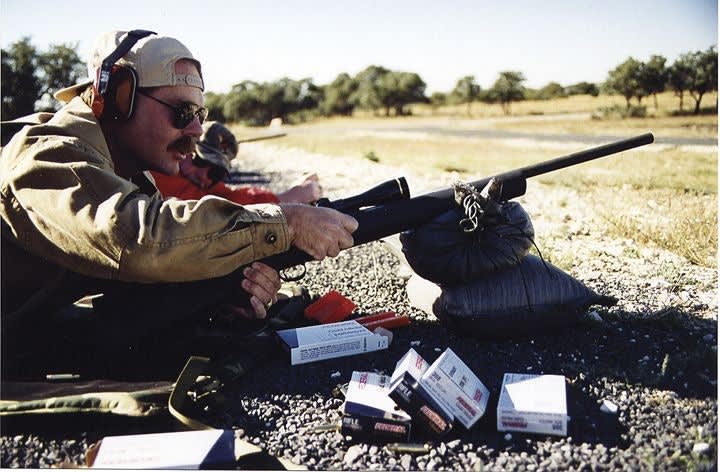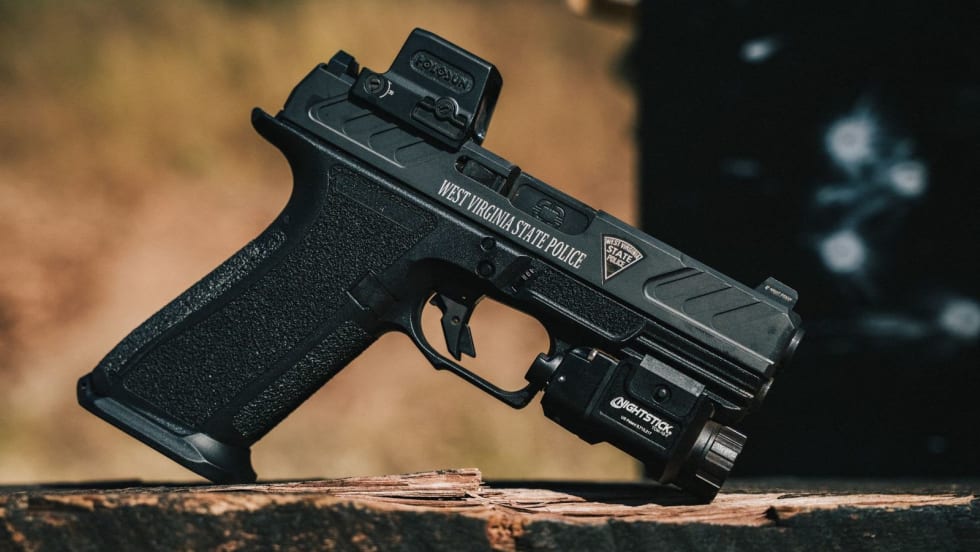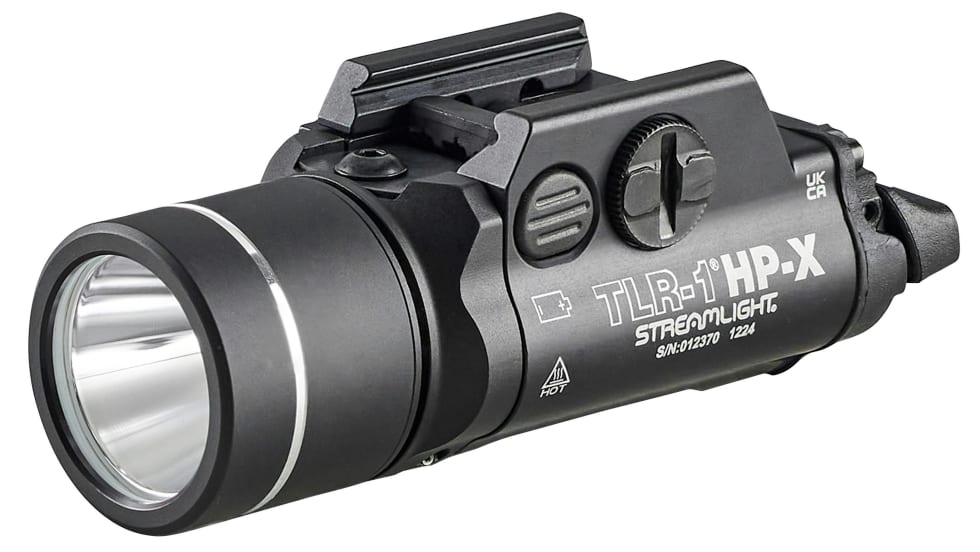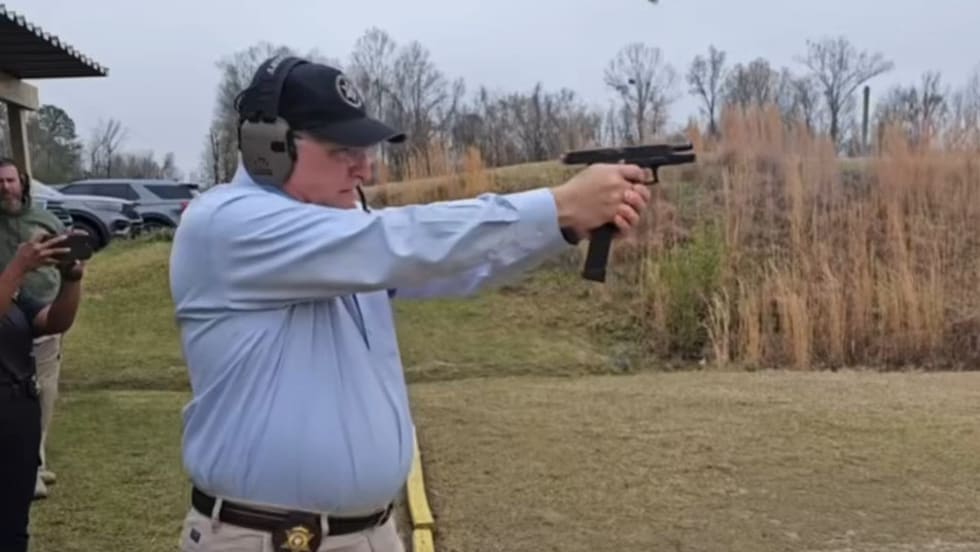Post North Hollywood, there was a wholesale switch by some agencies to .40 and .45 caliber handguns for duty carry. While that isn't necessarily a bad thing, it was spurred by incorrect assumptions. Field officers somehow felt the larger calibers would have made a difference in the outcome of the North Hollywood event. In actuality, the suspects' armor would have stopped any .40 or .45 caliber handgun round a cop might have fired. Indeed, most pistol-caliber carbines would have been just as ineffective, though they would have afforded the good guys a more accurate platform that would have given officers a better chance at head shots.
What the officers in North Hollywood needed were rifles. Simple, reliable, and in an effective caliber, a half-dozen Winchester Model 94 lever guns in 30-30 Winchester caliber would have solved the North Hollywood problem handily. Yet, I'm just as often met with blank stares when I make the recommendation.
Change should be prompted by real need, not by hype about a new caliber, pistol, rifle, or other piece of hardware. Indeed, as Clint Smith of Thunder Ranch is fond of saying, "The side with the simplest guns and uniforms usually wins." Overly complex weapons systems, holsters, ammo, and tactics often result in more opportunities for failure.
Over the past 20 years, the .38 Special revolver round was first trumped by the adoption of autopistols, most often in 9mm. Then as the .40 S&W, the .357 SIG auto cartridge, and the .45 GAP (Glock Auto Pistol) cartridge were developed, law enforcement was overwhelmed with new options for duty handgun calibers.[PAGEBREAK]
The same is true of the guns themselves. It seems every few months the major makers are offering new "black-plastic wunder-guns" aimed at the law enforcement market. Each promises to solve all your problems and definitely makes whatever you're carrying now obsolete. Just ask the salesman who is calling on your agency.










